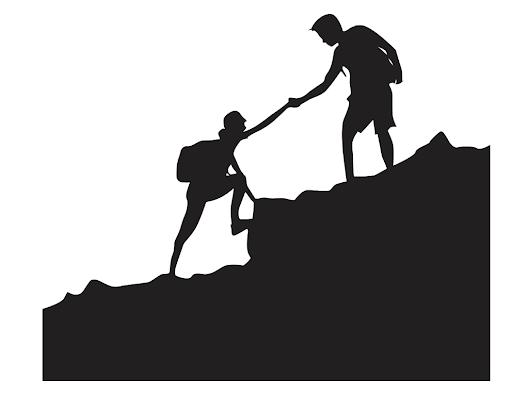My first couple of years teaching, I felt like I did not have a moment to breathe. Before I had a chance to think about reflecting on my teaching practices, the calendar year was over and I had to start prepping for the next semester. After a couple years of this vicious cycle, I started to learn about adding reflective practices into my daily lesson planning. Once I got my feet wet as a teacher, I realized the importance of reflecting on my lessons and student performance in order to help students grow.

Whether you’re still in your first year or have some experience, reflections are a great way to make sure that you are meeting the needs of all students and to set appropriate goals for next year. If you can incorporate daily or even weekly reflections into your lesson planning, you will see many benefits in your classroom and with your relationships with students.

Reflecting on teaching is a way for teachers to address their own learning about the art of teaching. Reflecting on teaching strategies can help teachers improve their practice and become more effective in helping students learn. Reflecting is also a way for teachers to become grounded in observation, reflection, and analysis. These are all skills that are vital to successful teaching. So how should you reflect? According to David Guerin on his blog, there are five questions that can help teachers to get to deeper reflective practices.
- How is the reluctant learner experiencing your school or classroom?
- Am I measuring with a yardstick of my own years?
- Do I have a healthy level of dissatisfaction with my own performance?
- Are there ways I’m falling into binary thinking?
- What specific strategies am I using to motivate students (and teachers)?
In the article “The Reflective Teacher: Taking a Long Look” by Nicholas Provenzano, he talks about the different types of reflection that can be used to refine your teaching practices. These include feedback from students, journaling/writing, blogging, and video diaries. Using these strategies can help teachers to get a different perspective and reflect on their teaching. In addition, check out these 10 ways to reflect on your teaching from EdTech School.
Some benefits of using reflection are that it furthers your professional learning, builds confidence, increases student-centered learning, and keeps lessons current.
Whether you are a new teacher or have been teaching for many years, reflection is a great way to improve and grow your practices. So how are you developing a reflection routine? Would you benefit from having intentional reflection each week? Please join in the conversation by tagging us @KaneCountyROE.

Raven Szalkowski – Professional Learning Coordinator
(t): 630-762-2056
(e): rszalkowski@kaneroe.org
